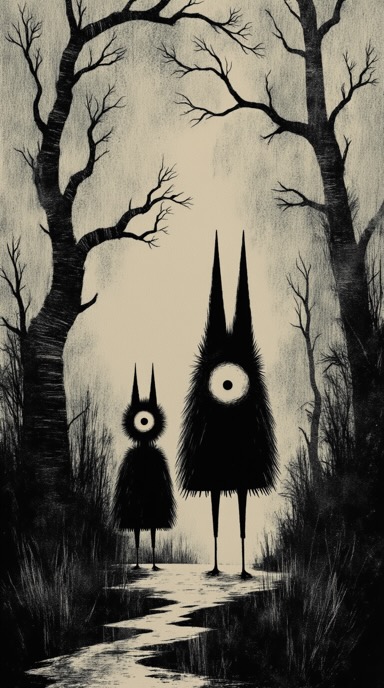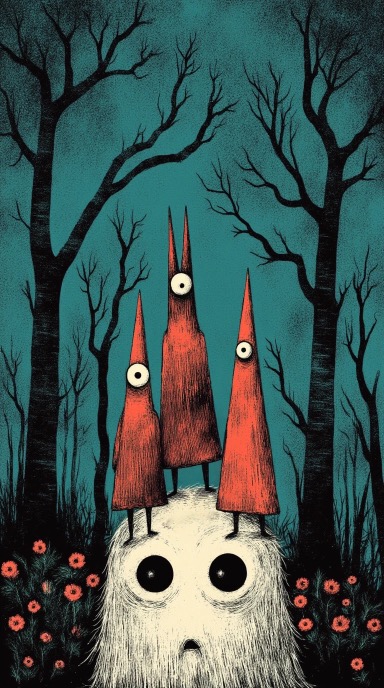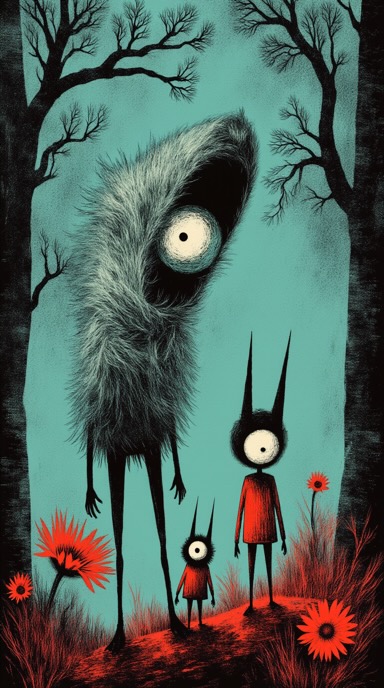Custom menu section
This is off canvas menu widget area. To enable it add some widgets into Appearance – Widgets – Menu Section, and go to Customizer – Main menu to set the icon position.
How and why did your journey into animation begin?
Interestingly, I don’t come from a traditional animation or art background. My professional roots are actually in the management and business world. But I’ve always had a strong affinity for visual aesthetics—art, design, cool and emotionally engaging visuals. When generative AI tools became more accessible, I started experimenting just for fun, in a private setting. Over time, this hobby began to evolve into something much deeper—an artistic practice that now grows into a serious, creative project. It’s become a space where I can blend storytelling, visual culture, and emotional depth.
What are your sources of inspiration?
There are quite a few. I’ve always been inspired by artists like Tim Burton, as well as gothic literature and fantasy. Pop surrealism and classic surrealist art have also shaped my visual language. I’m fascinated by dreamlike worlds—some ideas come directly from childhood dreams or strange memories that stuck with me. I love aesthetics that are dark, whimsical, slightly eerie, and emotionally charged. That’s what drives me.
Tell us about your creative process.
My process is very intuitive. Ideas often pop into my head when I’m walking, observing something random, or just letting my mind wander. I capture these thoughts visually—either with sketches, moodboards, or directly in generative tools. Currently, I mostly use existing licensed music from platforms like Instagram or TikTok for my animated work, but I’m curious to dive deeper into audio production soon. Music is such an emotional driver—it’s something I definitely want to explore more in the future.
Is there a part of the process that bores you? And instead which part is the one that excites you?
I wouldn’t say anything completely bores me—but some repetitive technical steps or exporting issues can slow down the flow. What excites me most is the conceptual phase—when an idea first sparks and I start to see the world build around it. Also, when the visuals and sound begin to resonate together emotionally—that’s pure magic.
How would you define the animation scene not linked to big brands? Is there an audience? What channels do you use to post and reach as many viewers as possible?
There’s a vibrant, growing audience for non-commercial, independent animation—especially on platforms like Instagram and TikTok. People are really open to experimental, aesthetic, emotionally raw content. For me, these platforms are key—not just to share, but to connect with other artists and creatives who speak the same visual language. It’s not about perfection—it’s about emotion, atmosphere, and storytelling.
New projects in the pipeline?
Yes! I’m currently preparing a new physical exhibition at the Kunstmeile in Basel, which I’m very excited about. I’m also working on digital exhibitions and applying for international open calls. My focus this year is clearly on developing more music-video-style animations and building immersive, surreal visual experiences. The project is growing step by step—and I’m loving the process. Another exciting path I’ve recently started to explore is creating visuals for live concert stages. One of my latest animations was featured by a major Canadian rock band during their show—which was a surreal and powerful experience. I’m now looking to expand this direction further and collaborate with musicians and performers who are open to blending sound with emotionally driven visuals.



This is off canvas menu widget area. To enable it add some widgets into Appearance – Widgets – Menu Section, and go to Customizer – Main menu to set the icon position.